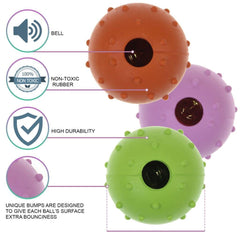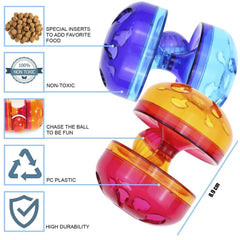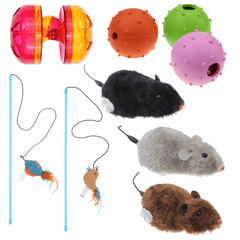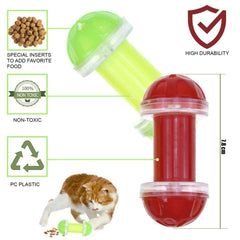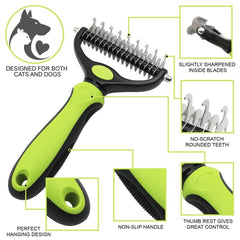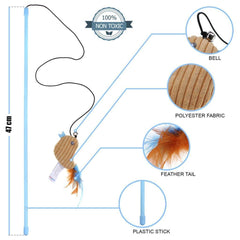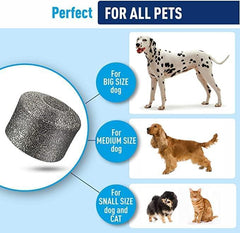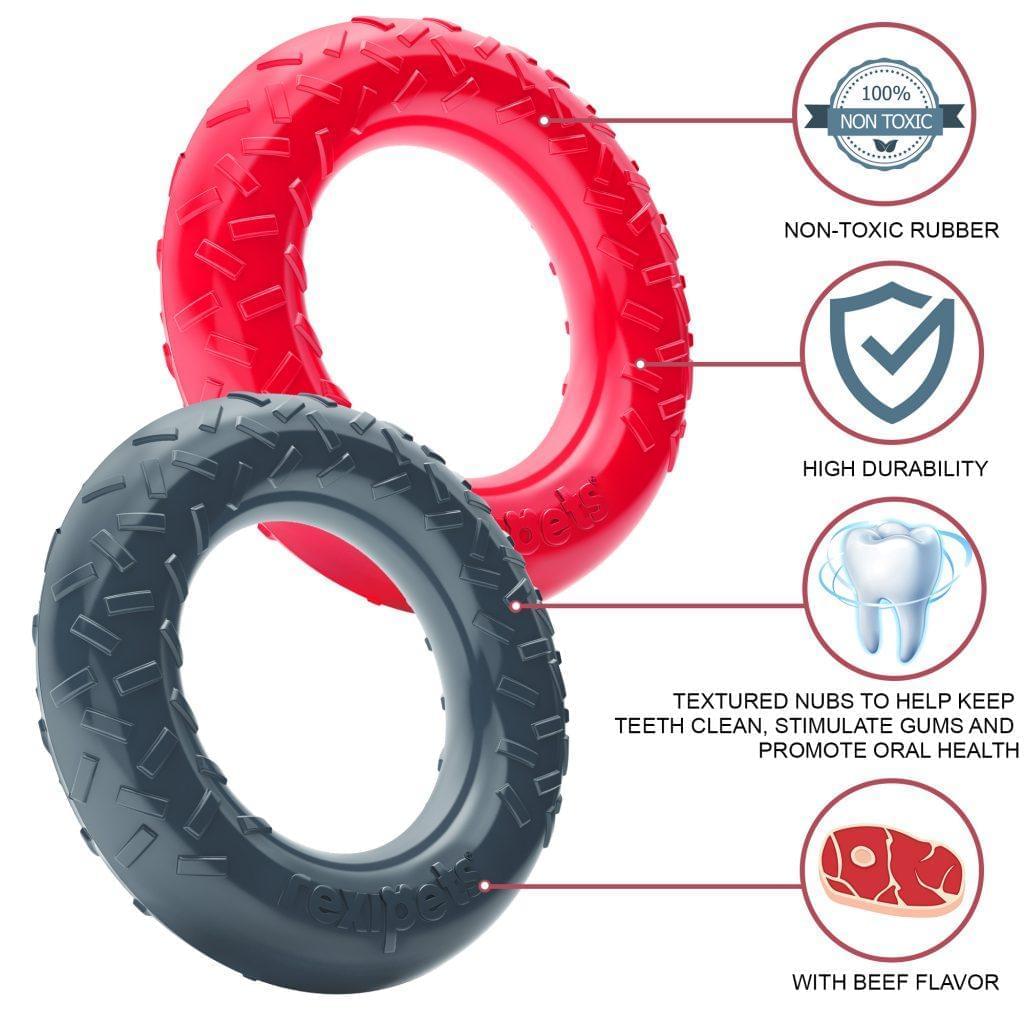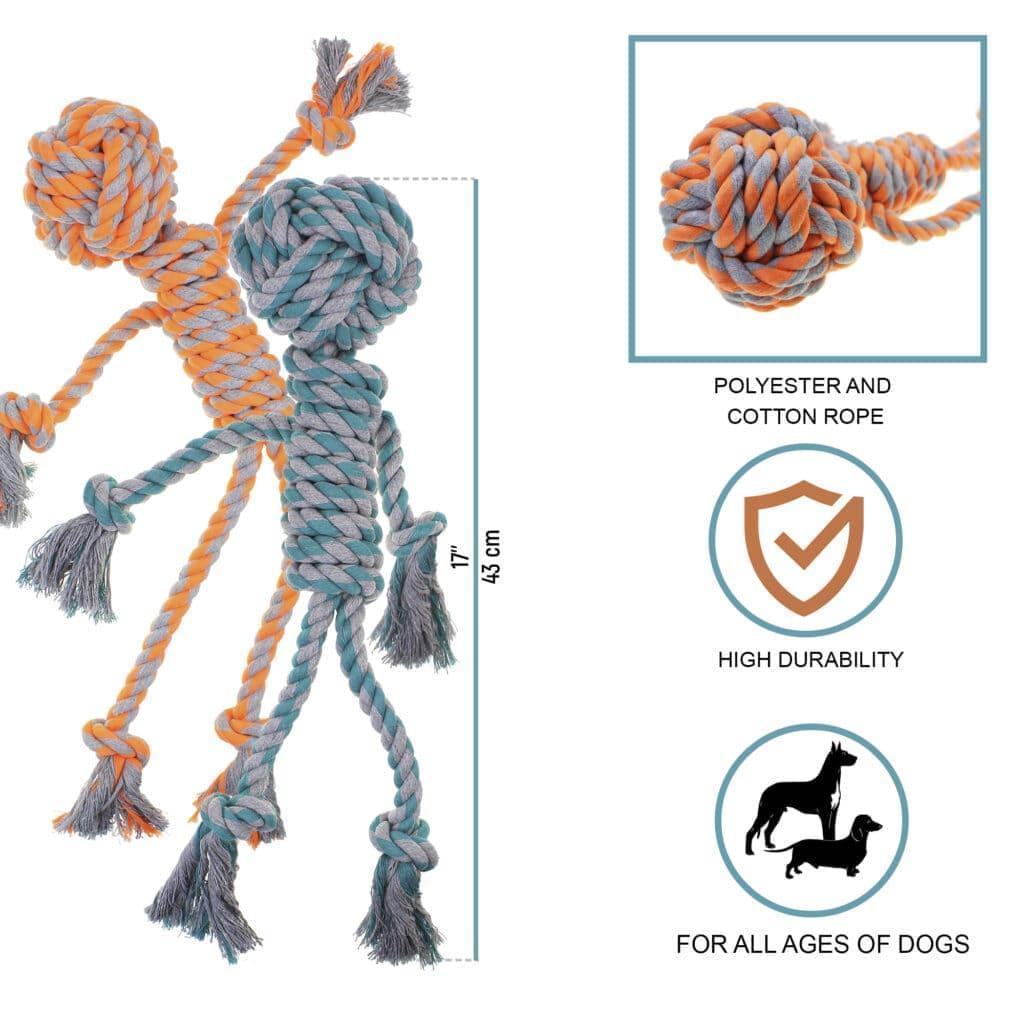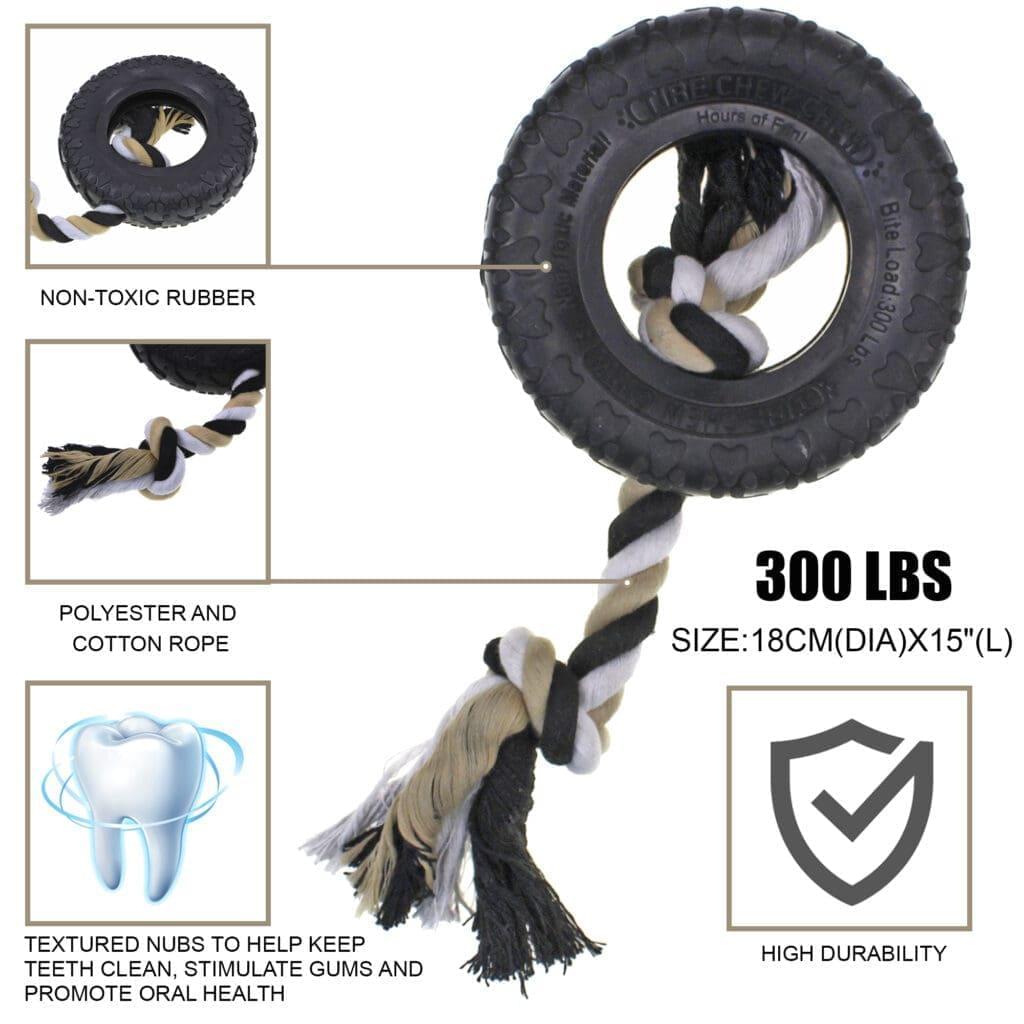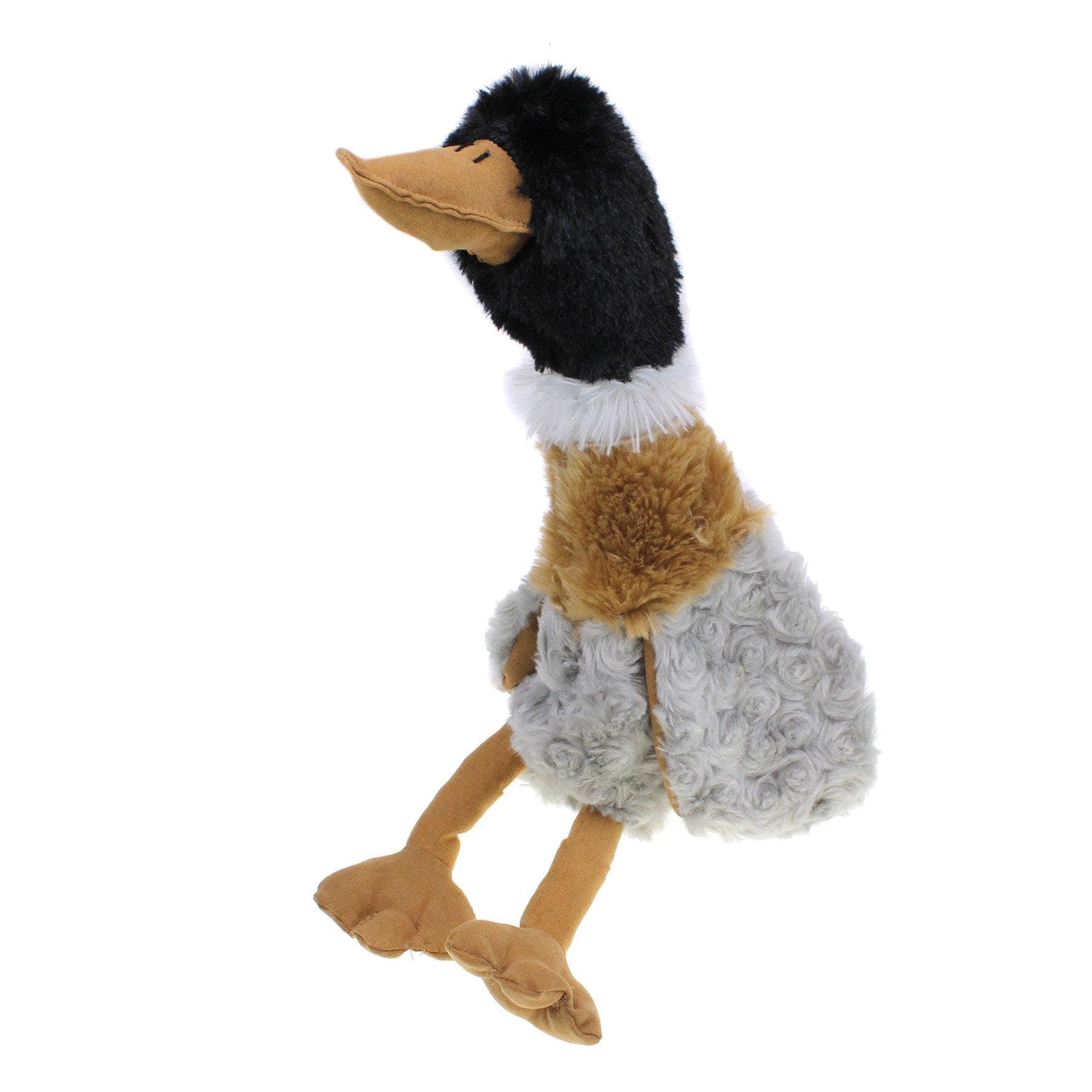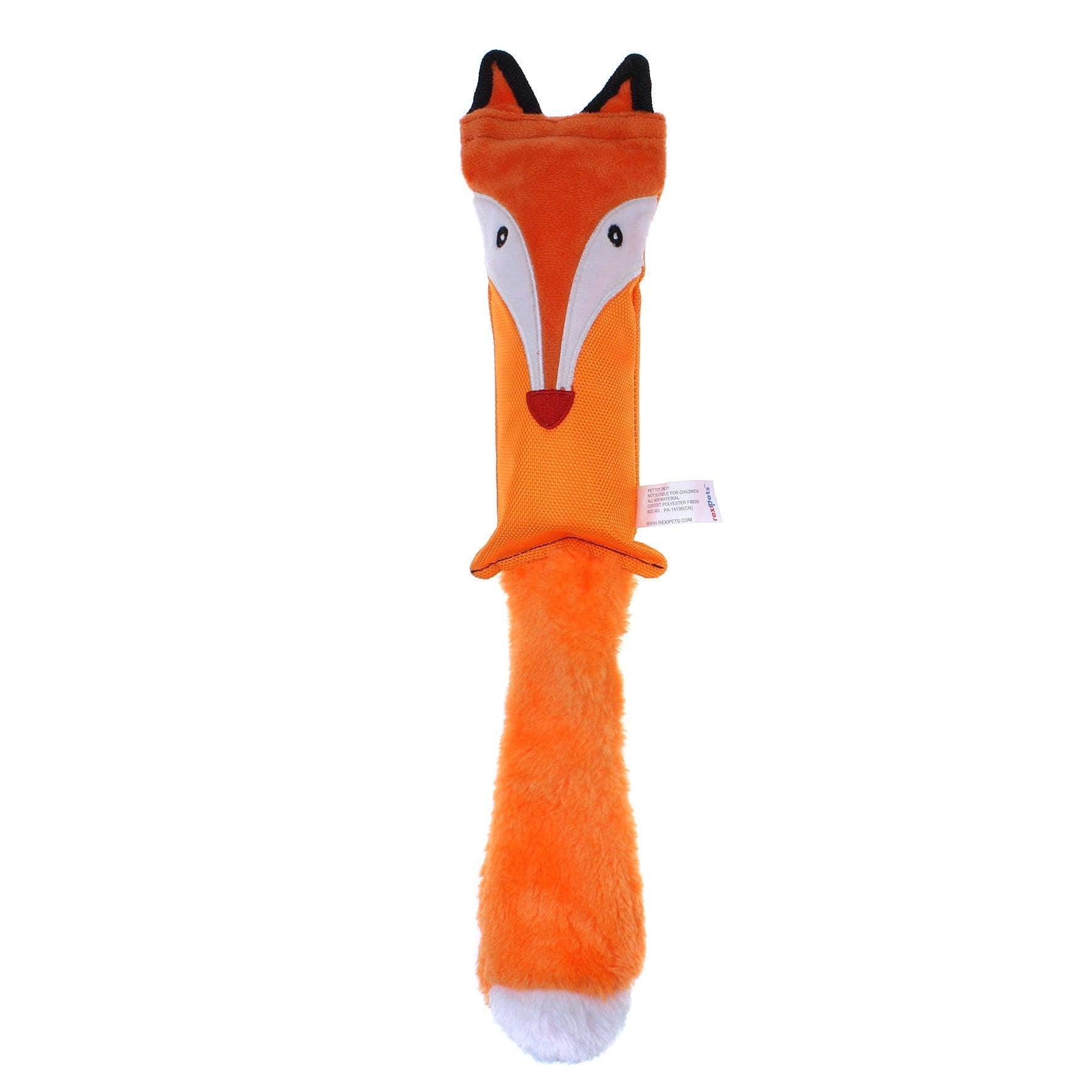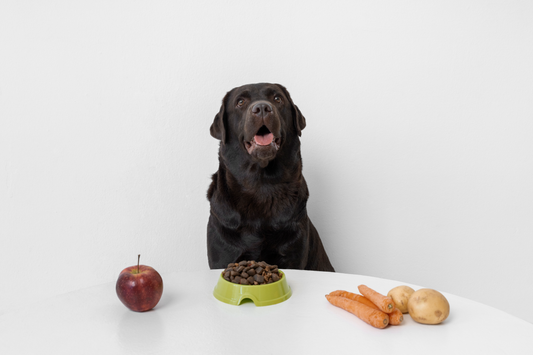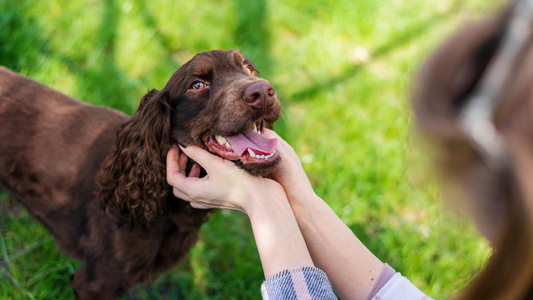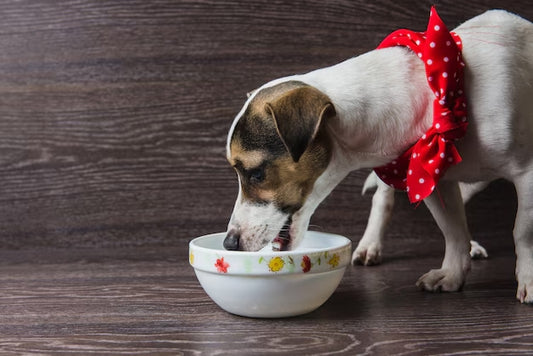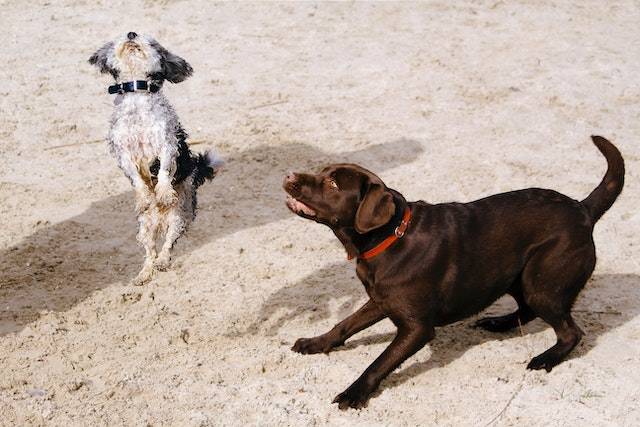
As avid gardeners and dog parents, many of us have experienced the joy of caring for a flourishing garden while sharing our lives with our beloved furry friends.
But sometimes, amidst this harmonious coexistence, a question lingers- Does dog urine harm our precious plants?
This age-old belief that dog urine has the power to ruin gardens has sparked several heated conversations among gardening enthusiasts and pet lovers. However, exploring the scientific truth behind this long-standing myth is essential.
The stance that dog urine is dangerous to plants is based on the evidence and observations of yellowing foliage and patches in the lawn where our furry friends have relieved themselves. But is there any truth to this widely held belief, or is it simply a misconception fueled by perception and hearsay?
Today we'll uncover the mysteries surrounding dog urine and its alleged impact on plant life. Moreover, we'll explore how one can save plants from dog urine.
Our investigation will address the potential risks and propose practical solutions and preventive measures to strike a balance between maintaining a flourishing garden and enjoying the company of our furry friends.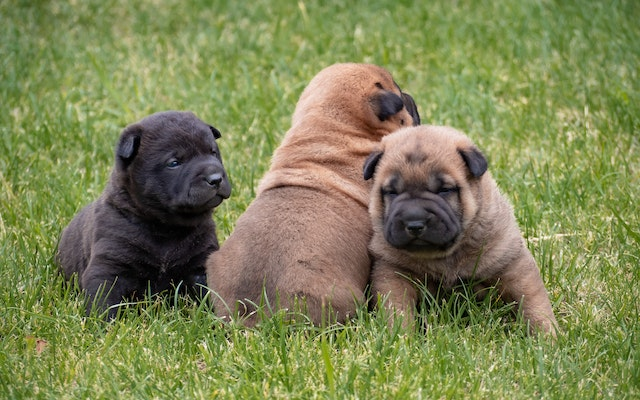
So, let's dispel the myths, explore the facts, and arm ourselves with knowledge as we delve into the fascinating relationship between dog urine and the plants we hold dear. Join us as we uncover the truth behind the question: Does dog urine kill plants?
Does Dog Urine Really Kill Plants?

Dog urine can harm certain plant and tree species, leading to unsightly brown spots on lawns and even causing plant death.
This is due to the highly concentrated nature of dog urine, which contains compounds that can be harmful to vegetation. However, before resorting to extreme measures like replacing natural grass with AstroTurf or giving up on cultivating beautiful shrubbery, there are practical solutions to mitigate the impact of dog and pet urine on your greenery.
What Plants Tolerate Dog Urine?

When it comes to getting plants that can tolerate dog urine, it's essential to choose varieties that are more resilient and less sensitive to the nitrogen and salts present in canine urine. Here are several urine-resistant plants that tend to be more tolerant:
- Bear's Breeches.
- Japanese Holly Fern.
- Japanese Snowball.
- Mexican Sage. Rose.
- Carpet Bugleweed.
- Silver Carpet.
- Burkwoods Osmanthus.
- Japanese Spindle Tree
How to Save Plants from Dog Urine

Saving plants from dog urine requires a combination of preventive measures and practical solutions to minimize the potential damage. Here are some practical ways to protect your plants from dog's urine:
Dilute Urine
Two effective methods for diluting dog urine on plants can help reduce the damage caused by its high nitrogen content.
-
Method 1:
The first and simplest approach involves diluting the urine immediately after your dog pees. It immediately decreases the intensity of harmful compounds in the dog's urine, minimizing its potential impact on your plants.
It involves using a garden hose to heavily water the spot where your dog has peed. By saturating the area, you can disperse the nitrogen and reduce the concentration of damaging compounds, protecting your plants from potential harm. This method is relatively straightforward and easily incorporated into your gardening routine.
-
Method 2:
You can also create a solution to neutralize the effects of dog urine on your plants. The mixture consists of ½ cup of white vinegar, 1 cup of water, along with 2 tablespoons of baking soda. When applied to the affected plant, this concoction effectively counteracts the damage-causing compounds present in the dog's urine. This solution is an excellent option for times when immediate dilution is not possible or practical or in the case of a water shortage.
While both methods offer practical ways to minimize plant damage caused by dog urine, they come with their respective pros and cons. Dilution provides a straightforward approach but requires constant attention to your dog's bathroom habits. On the other hand, the vinegar-water-baking soda mixture offers a more convenient solution. Still, this solution may be harsh on some plants.
Lime
One practical approach to counter plant damage caused by dog urine is to utilize lime to regulate the soil's pH. Dolomite lime is a natural product containing magnesium carbonate and calcium, making it an effective solution for neutralizing soil acidity.
Applying lime to your garden soil can counteract the harmful effects of dog urine's alkaline pH and promote a healthier environment for your plants.
It's crucial to note that this method is designed explicitly for gardens with acidic soil conditions. When the pH of the soil is too acidic, it can lead to increased susceptibility to damage from dog urine. Incorporating lime into the soil can help restore the pH balance, creating a more suitable environment for plant growth and reducing the risk of negative effects caused by canine urine.
However, it's crucial to be cautious when using dolomite lime, as its effectiveness is limited to acidic soil only. If your garden already has alkaline soil, applying dolomite lime can exacerbate the issue by further increasing the pH level, potentially harming your plants. In such cases, alternative measures should be sought to address the challenges posed by dog urine on alkaline soil.
Fencing
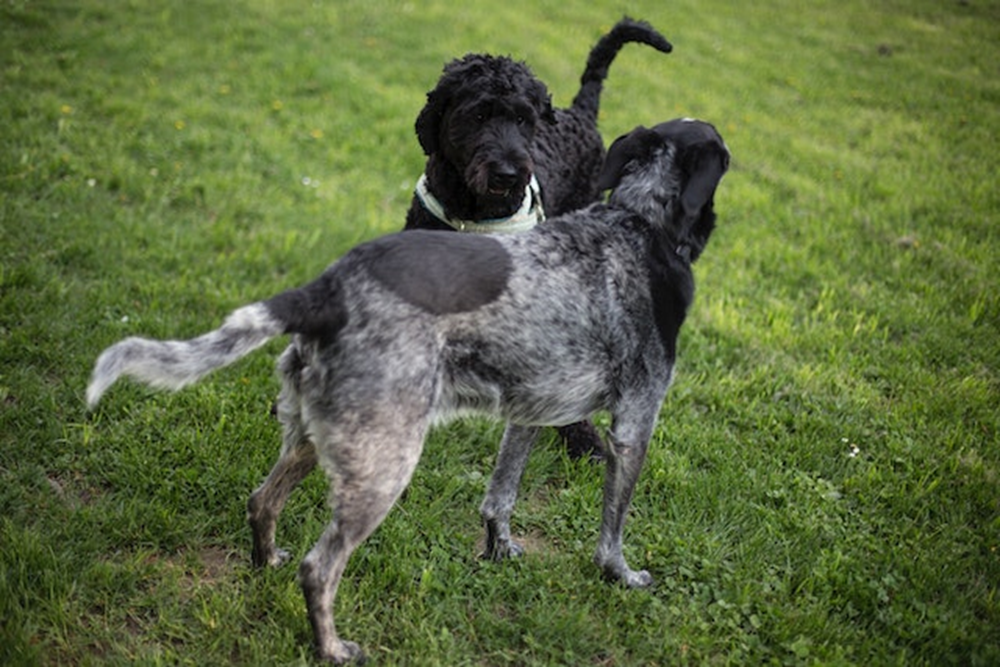
Creating a designated area for your dog in a spacious yard can be a convenient and effective way to safeguard your plants from dog urine. Installing decorative garden fencing adds an aesthetic appeal. It establishes a clear boundary for your furry friend to establish a bathroom spot.
Consider running a fence down the middle of your yard to separate the dog's area from the rest of the garden, ensuring your precious plants remain unbothered and thriving.
Alternatively, you can opt for targeted protection by fencing off individual plants or creating a specific, dog-pee-friendly zone. Suppose your yard is bordered by trees or shrubs. In that case, installing a decorative border along the inner perimeter will shield them from potential exposure to dogs' pee, preserving their health and beauty.
Mulching
For those with limited space or a desire to avoid excessive fencing, an effective solution to prevent dogs from urinating on plants is to create an undesirable ground cover in garden beds. Organic mulches, like wood chips or straw, are enticing for dogs due to their soft texture and appealing smells.
However, avoiding less inviting materials like clippings from thorny bushes (e.g., barberry or rose stems) or prickly junipers can encourage dogs to enter the protected areas.
Another creative idea involves using pinecones to line the beds or create decorative "moats" around plants and trees. Dogs dislike the sensation of pinecones under their feet, making it a natural and visually appealing deterrent.
This approach offers several benefits, acting as a natural dog repellent while simultaneously promoting plant health through appropriate ground cover.
Dog Deterrents
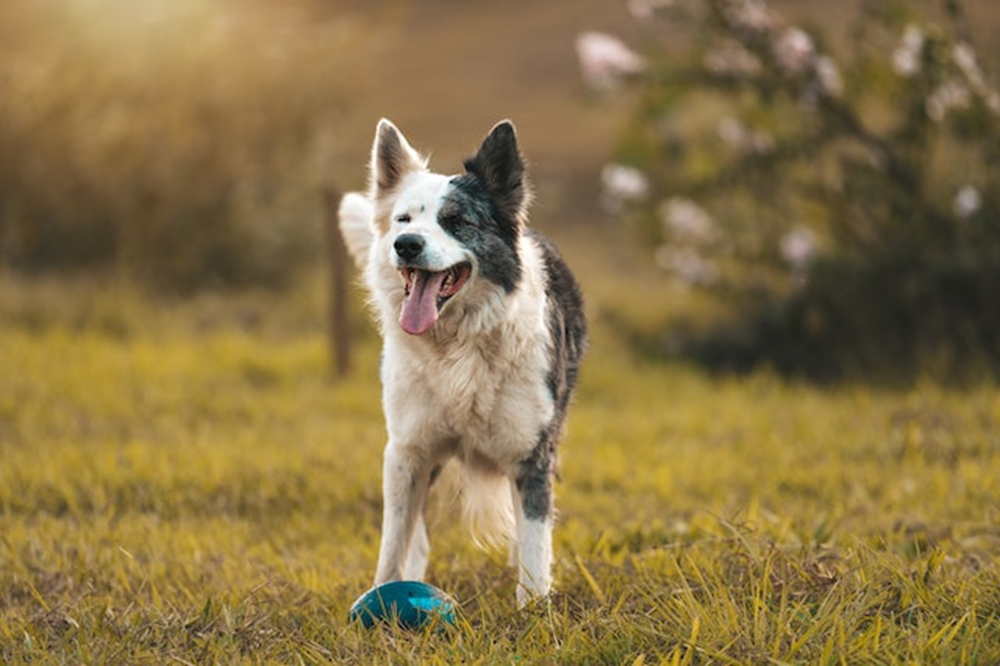
Unlike chemical or harmful solutions, these deterrents aim to discourage dogs without causing harm.
Motion-activated sprinklers are an effective method by startling animals with a sudden burst of water when they approach. Additionally, decoys with LED lights mimic the presence of a predator, making the dog feel observed and prompting them to steer clear of the area.
You can find spray-on animal deterrents at garden centers and pet stores that imitate predator urine. These scents, combined with predator decoys, reinforce the idea that your yard is unsafe for dogs to intrude. Moreover, some deterrents employ strong scents offensive to dogs, such as hot peppers, apple bitters, and orange peels.
Many household items can also serve as natural deterrents, including ammonia, vinegar, Tabasco sauce, coffee grounds, cayenne pepper, and ground mustard. These readily available options can be spread around the garden perimeter or near vulnerable plants to discourage dogs from venturing further.
Final Words
The age-old question of whether a dog's pee kills plants has always been floating in dog and plant lovers' platforms and real-life conversations.
While it is true that dogs peeing on your plants can have detrimental effects on specific plant species due to its highly concentrated nitrogen content, there are practical ways to safeguard our gardens and foster a harmonious coexistence.
Through timely dilution, designated bathroom areas, and carefully selecting more resilient plant varieties, we can minimize the potential damage caused by dog urine.
Moreover, we further protect our cherished plants by employing deterrents, such as motion-activated sprinklers, natural animal repellents, and less welcoming ground cover.
As responsible gardeners and pet parents, it is essential to establish a balance between enjoying the companionship of our canine friends and maintaining a thriving garden.
By implementing these thoughtful measures, we can create a sanctuary where both our greenery and furry companions can flourish in a harmonious environment.
FAQ
What should I do if dog urine has already damaged my plants?
If your plants have already been affected, ensure they receive proper watering and care to help them recover. Trim away damaged parts if necessary, and consider using deterrents to prevent further damage.
Is it harmful to my dog if they contact the plants treated with deterrents?
Natural deterrents like vinegar, hot peppers, or coffee grounds are non-toxic to dogs. They are safe to use in garden areas. However, it's essential to ensure that any commercial products used are pet-friendly and do not pose a health risk to your dog.
